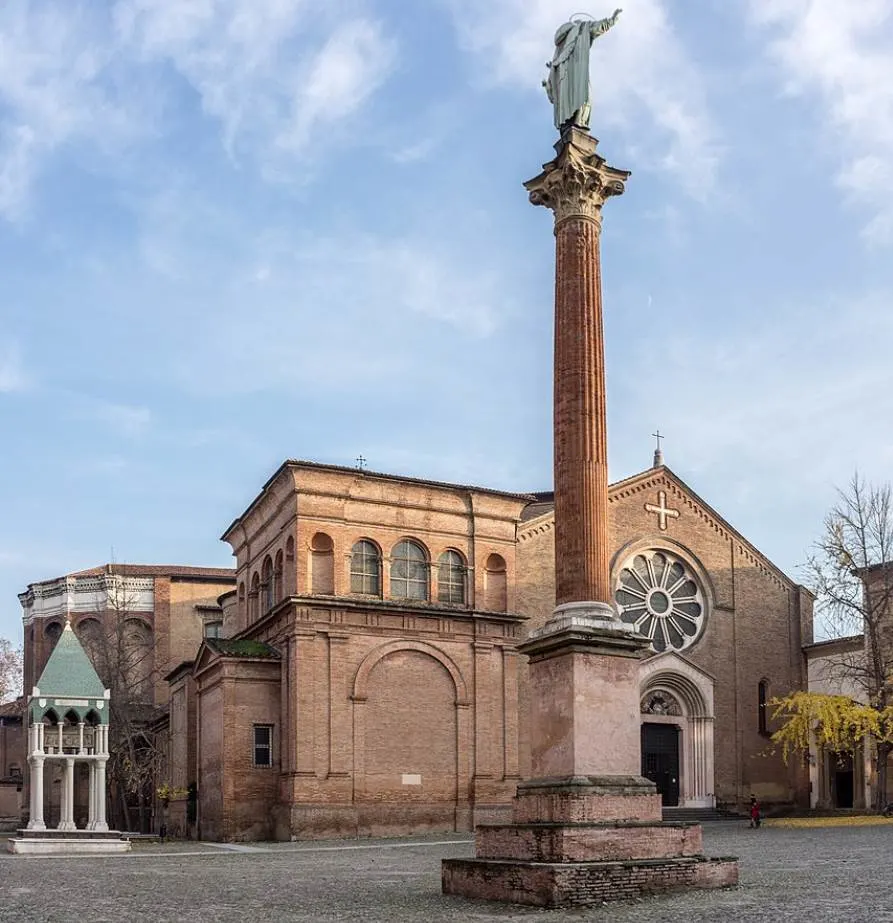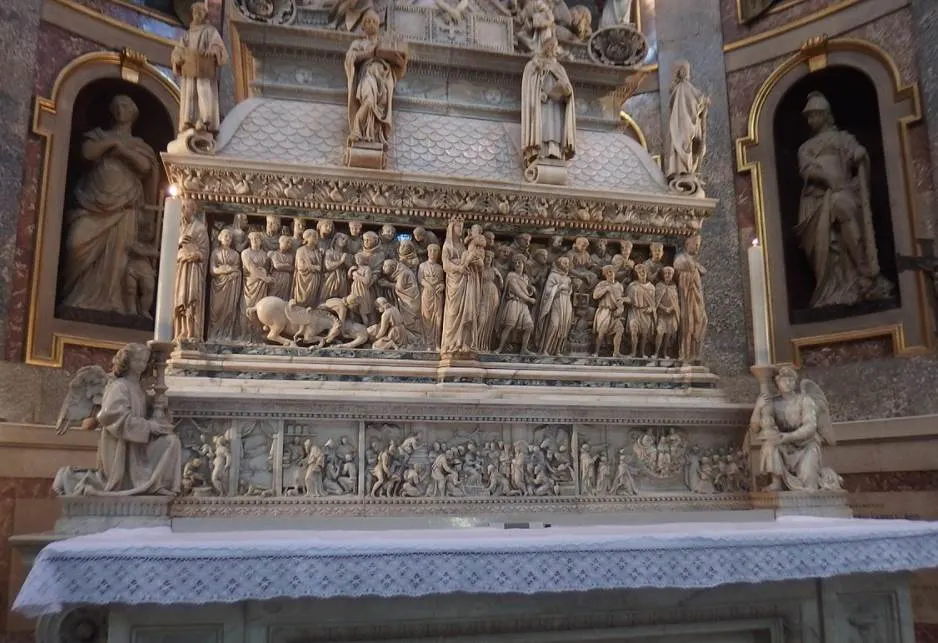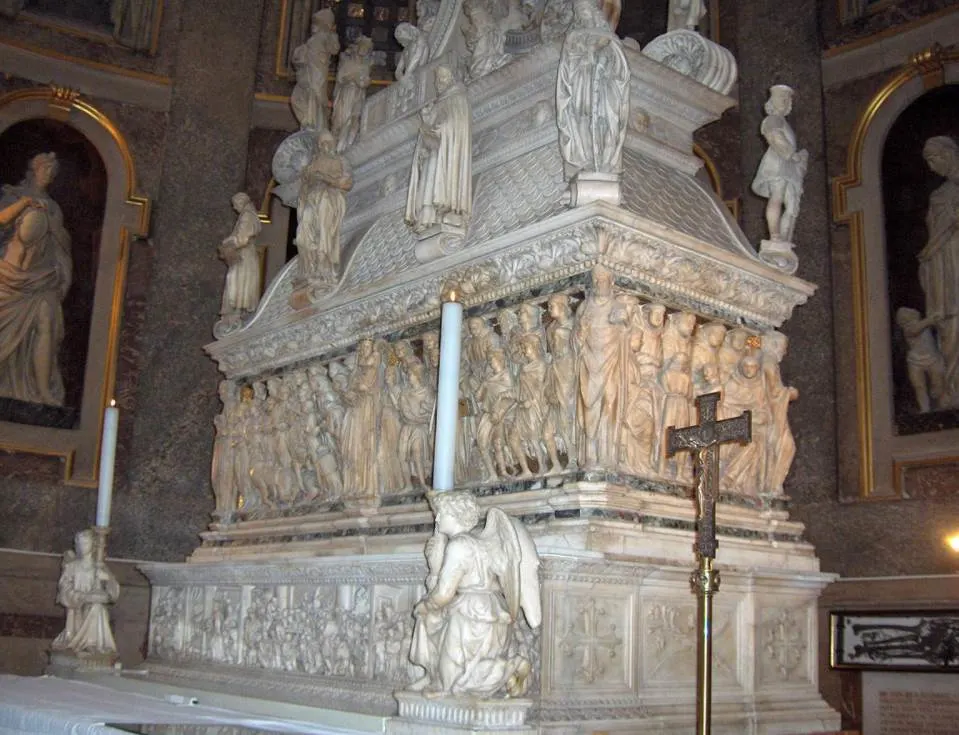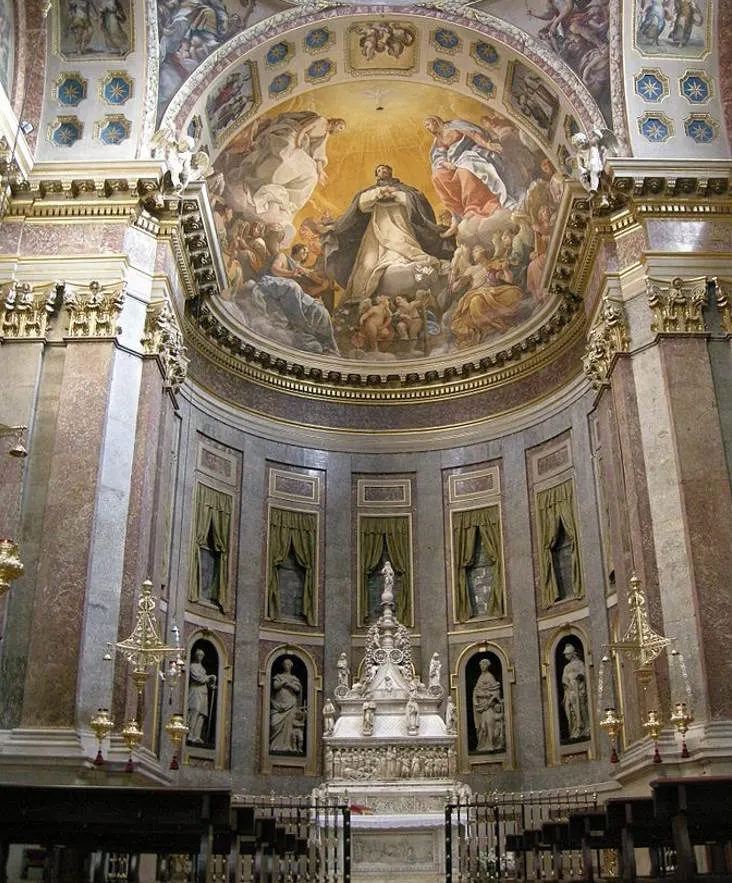One of the earliest works by Michelangelo is part of a large monument dedicated to Saint Domenic, the founder of the Dominican order. This monument dates back to the 13th century, over 200 years before the young artist sculpted this work.
Let’s take a closer look at some of the most interesting facts about Angel by Michelangelo (1475-1564), a sculpture that set the tone of the future career of one of the most famous Renaissance artists in history.
1. The artist started working on it in his late teens
Michelangelo studied in Florence during his teenage years and created his first known work when he was just 15 years old. This relief sculpture is known as “Madonna of the Steps” and is now part of the collection of the Casa Buonarroti in Florence.
Struggling initially after the death of his patron Lorenzo de Medici in 1492, he had to accept whatever commission he could get and the statue of an angel was one of the first he acquired.
He completed this work between 1494 and 1495 when he was still in his late teens, the start of a career that would span another 7 decades.

2. It decorates the monumental tomb of Saint Dominic in Bologna
The commission wasn’t a standalone sculpture for which he became world-famous, but to decorate a tomb in the Basilica of San Domenico in Bologna, a city he moved to from Florence.
This basilica is not only one of the major churches in the city but also houses the remains of Saint Domenic (1170-1221), a 13th-century Spanish saint who was the founder of the Dominican order, an order within the Catholic Church.
Saint Dominic was buried within the church shortly after he passed away. Today, a monumental column in his honor is decorating the “Piazza San Domenico” where the church is located.

3. Most part of the tomb was already completed in the 13th century
The tomb of Saint Domenic is referred to as the “Arca di San Domenico” or “Ark of Saint Domenic.” It’s a monumental shrine that features a wide variety of sculptures and decorations.

The original tomb of the saint was quite humble and only consisted of a sarcophagus. It wasn’t until the church was rebuilt that sculptor Nicola Pisano was commissioned to design a new tomb, something he completed in 1264.
The tomb was originally placed behind the altar and as moved to the middle of the church in 1411 before being moved into a Gothic a couple of years later. This chapel was suited to welcome the large number of pilgrims to the tomb of the saint which was already elaborately decorated since the 13th century.

4. It forms a pair with an angel that looks quite differently
The second phase of the Arca di San Domenico was started just before Michelangelo was born and was managed by early Renaissance sculptor Niccolò dell’Arca (1440-1490). He created the angel on the lefthand side (from a viewer’s perspective) that is holding a candle and which has the appearance of a young child.
The angel that Michelangelo sculpted is seen kneeling down and has a very muscular body, a trademark of the artist throughout his career.
The contrast between Angel by Michelangelo and the one sculpted by Niccolò dell’Arca is quite big, especially when comparing the frail angle on the left to the muscular angel dressed in classical military gear and with the wings of an eagle on the right.

5. The sarcophagus is the oldest part of the shrine
The element featuring the sculptural group in the middle of the shrine is the sarcophagus. This cypress box features the actual remains of Saint Dominic, minus the head as this is kept in a relic just behind the shrine.
This Sarcophagus was the first thing to be completed and is therefore credited to Nicola Pisano. It was his workshop, however, who completed the sculptures starting in 1265 as drawn out by Pisano a year earlier.
Famous sculptor Arnolfo di Cambio also had a hand in the sculptures on the front of the sarcophagus which depicts the life and miracles of Saint Dominic himself in 6 different panels.

6. Angel isn’t the only sculpture by Michelangelo that decorates the shrine
One of the most remarkable facts about the Arca di San Domenico is that Michelangelo sculpted more than just the statue of an Angel. He also completed the statues of San Petronio, the patron saint of Bologna, and San Procolo.
San Procolo can be seen as a predecessor to his most famous work, the Statue of David, which he completed about a decade later.

7. How big is Angel by Michelangelo?
Angel by Michelangelo is a relatively small sculpture, at least compared to some of his later works. It stands just 51.5 centimeters (20.27 inches) tall.
8. The current chapel isn’t the same as the one in Michelangelo’s time
When Michelangelo completed the statue of the Angel and the other two statues to decorate the shrine of Saint Dominic, it was still located in the old Gothic chapel that was completed in 1413.
A completely new chapel as built in the 17th century which was designed by Bolognese architect and Mannerist artist Floriano Ambrosini (1557-1621). This decision was made because the Gothic chapel looked rather pale in comparison to the other exuberant chapels located inside the Basilica of Saint Dominic.
The chapel is also heavily decorated with frescoes, including an incredible work of art inside the copula called “St Dominic’s Glory,” completed by Baroque artist Guido Reni (1575-1642) between 1613 and 1615.
Apart from the amazing shrine and frescoes, the chapel is also the home of abust that was modeled on the real skull of Saint Dominic. Yes, the one that can be found in the reliquary behind the chapel, quite intriguing!

